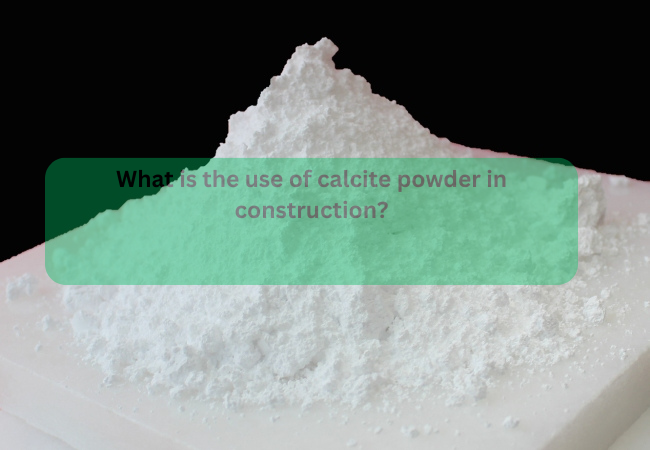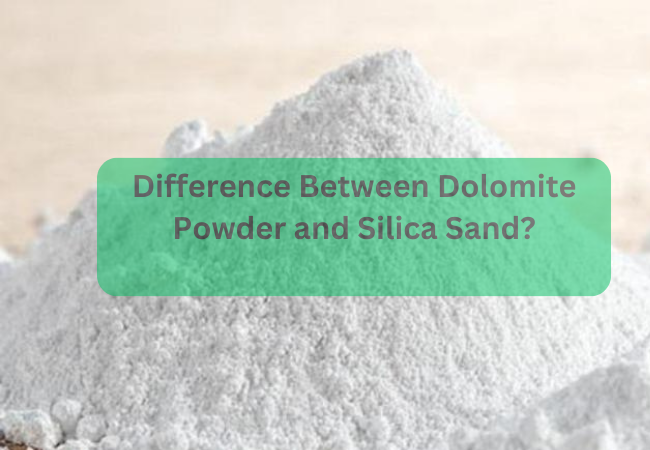- ISO 9001:2015 Certified Company
- +91-9672985402
- info@vasundharamicron.com
Can mica powder be used in soap making?

Can China clay be used in agriculture?
November 14, 2023
Can I mix mica powder with water?
November 27, 2023Soap making is an art that involves science and creativity to make beautiful and luxurious bars of soap at home or as an enterprise. Mica powder is one of the many thrilling things you can add to your soap-making equipment. Being a reliable and experienced Mica Manufacturers in India we can assure that this enchanting, adaptable pigment will make your soap creations into masterpieces. Here is how mica powder can be a game-changer in your soap-making activities from this blog post.
What is Mica Powder?
Let’s go back to the beginning in terms of mica powder for soap making. Mica powder is a natural pigment made of very finely ground mica flakes. The stone has shimmering and reflective qualities that have seen it widely used in industries that include cosmetics, crafts, and soap making.
Why Mica Powder Soap Making?
Mica powder offers several compelling reasons for soap makers to incorporate it into their creations:
Vibrant Colors: The colors of mica powder are very striking and attractive. These pigments can help add that extra artistic touch to your soaps.
Shimmer and Shine: It can be used to provide a dazzling pearlescent shimmer to your soap giving it an extraordinary appearance compared to regular soap. It gives it a touch of class and luxury.
Creative Freedom: You can combine various colors of this powder to come up with different patterns, designs, and gradients in your soap.
Safe for Skin: It is safe to use on the skin when used in moderation and in accordance with safety instructions. It does not cause irritation or harm to the skin meaning that it is ideal for a personal soap that is made in the home.
Guidelines on Using Mica Powder when Making Soaps
Now that you understand why mica powder is a fantastic addition to your soap-making toolkit, let's explore how to use it effectively:
1. Selecting the Right Mica Powder:
Ensure it is a cosmetic-grade mica powder before you start incorporating it into your soap recipes. Cosmetic-grade mica is specially developed and rigorously tested to be absolutely safe for use on the skin. Beware using industrial or craft-grade mica powders as they may contain non safe for skin impurities.
2. Mixing Mica Powder:
To add mica powder to your soap mixture, first mix it with a liquid medium. Common options for mixing include:
Glycerin: Glycerin blended with mica provides a smooth and even color dispersion. Glycerin is easily attainable and easy to handle.
Oil: You can also blend some powder with a carrier oil such as olive oil, coconut oil, or sweet almond oil. Choice of oil can alter the final texture of your soap, therefore choose oil wisely.
Water: You can even mix this powder with distilled water in some situations. Nevertheless, this method might require more steps to ensure mica blends uniformly without any clumps.
3. Incorporating Mica Powder:
If you have mica mix ready, then it’s time to add it into the soap recipe. Here's how:
Cold Process Soap Making: If you are making cold process soap add the mica mixture to your soap batter at the trace stage. Stir thoroughly until color is homogenized.
Melt and Pour Soap Making: To incorporate mica into a melt and pour soap base, mix a small amount of rubbing alcohol or glycerin with the mica before adding it to your melted soap base. Mix gently without forming bubbles.
Hot Process Soap Making: If you are cooking hot process soap, you can include the mica mixture at the end of your cook, close to the end of the cooking time, before pouring the soap into molds.
Conclusion
Mica Powder is a fantastic additive that can boost your soap-making business to higher levels. You can turn your ordinary bars of soap into captivating pieces of art with the help of its versatility, vivid colors, and glittering effects. Make sure that this powder is top-quality and skin-safe; do experiment with various techniques to release your creativity. With mica powder from Vasundhara Micron at your disposal, your handmade soap creations will not only shine to the eye but also in the eyes of your customers. Happy soap making!




